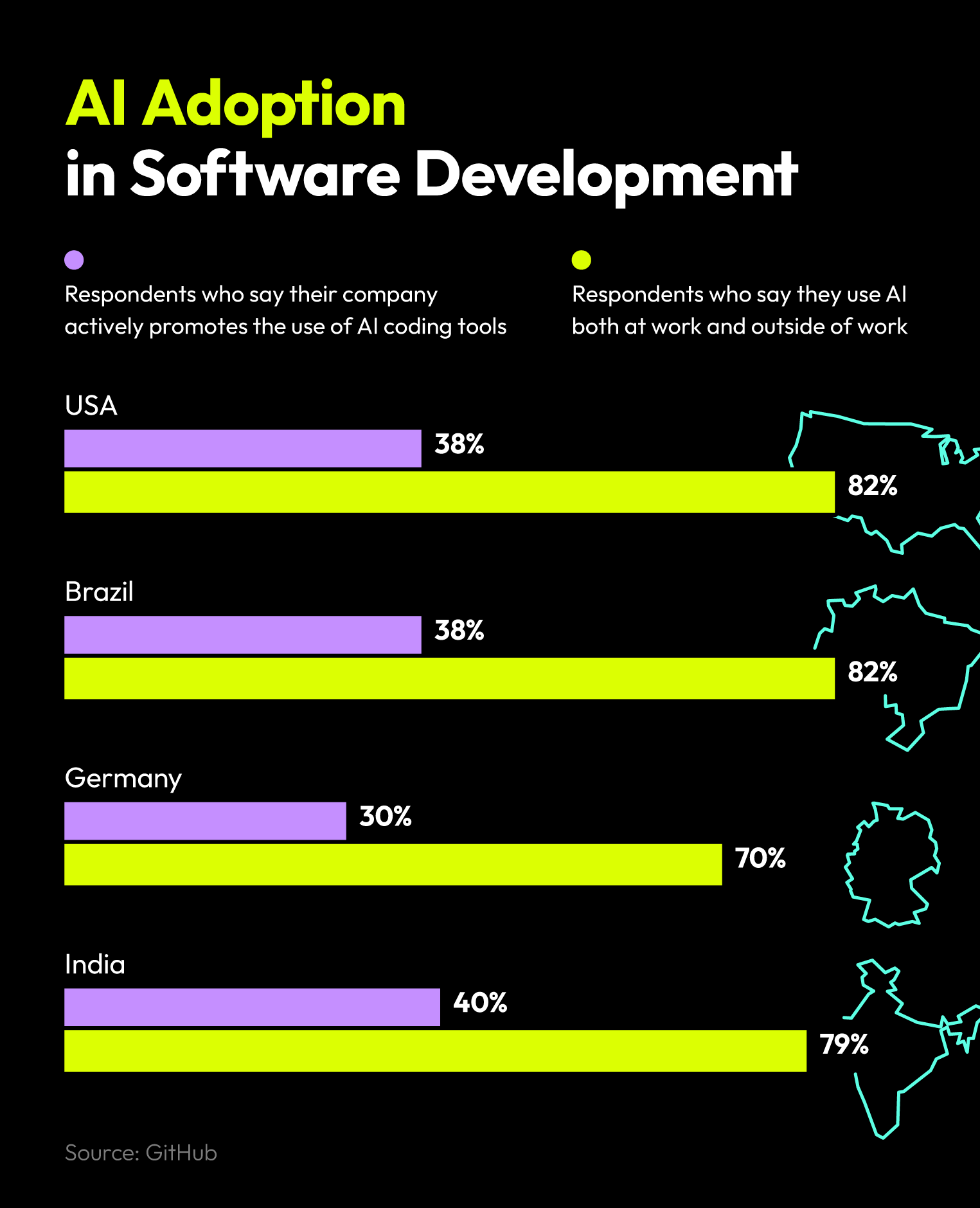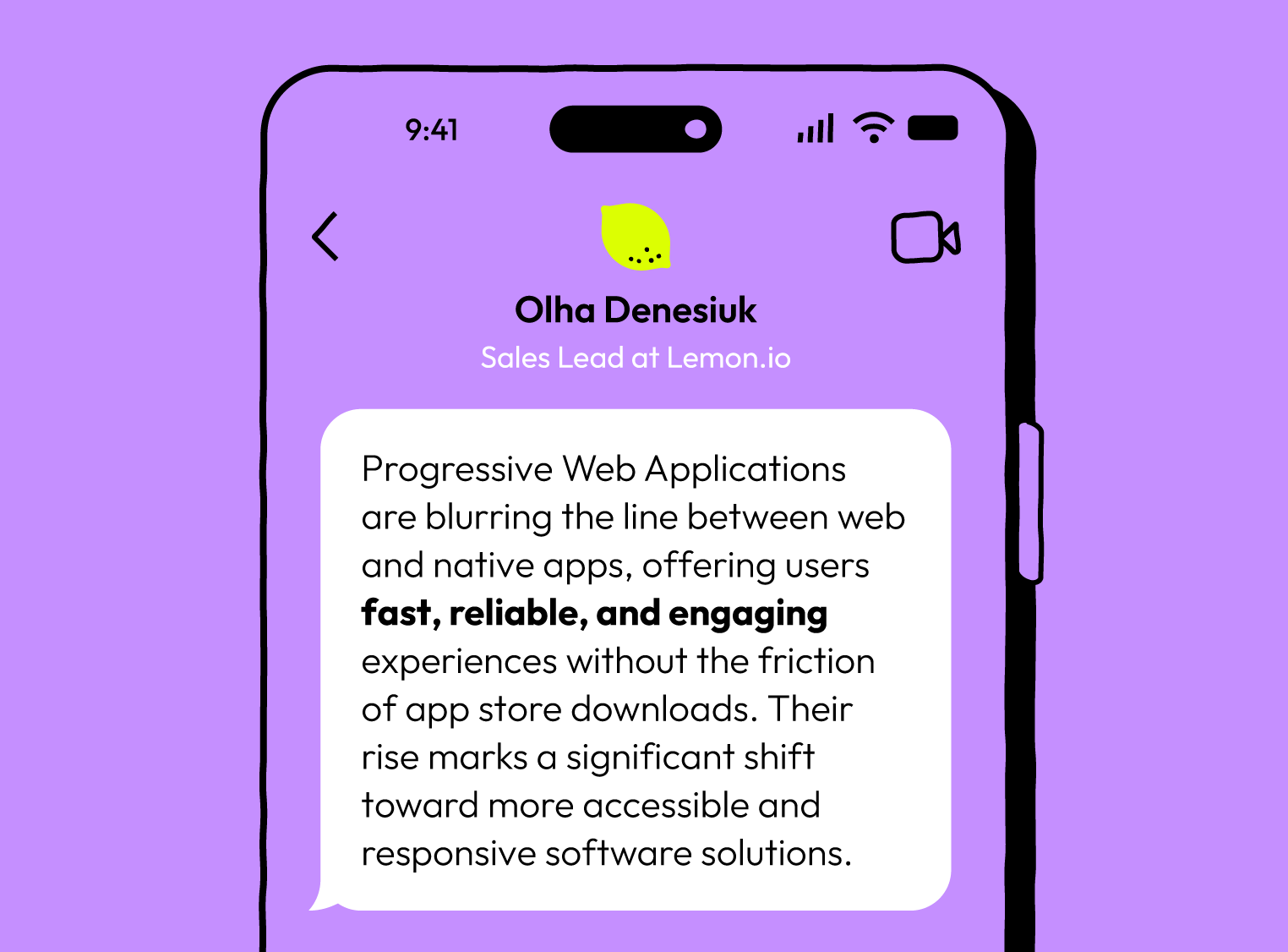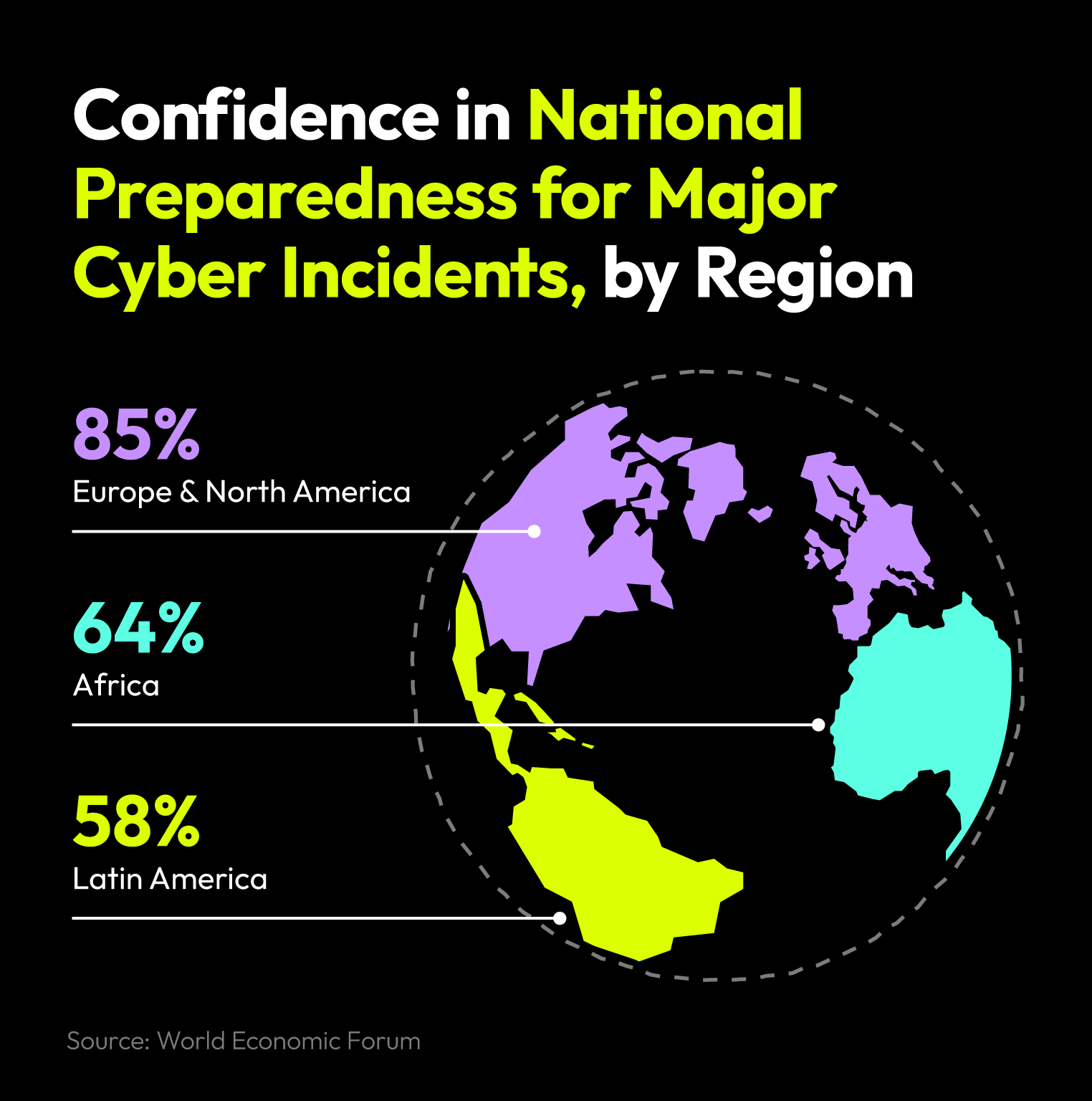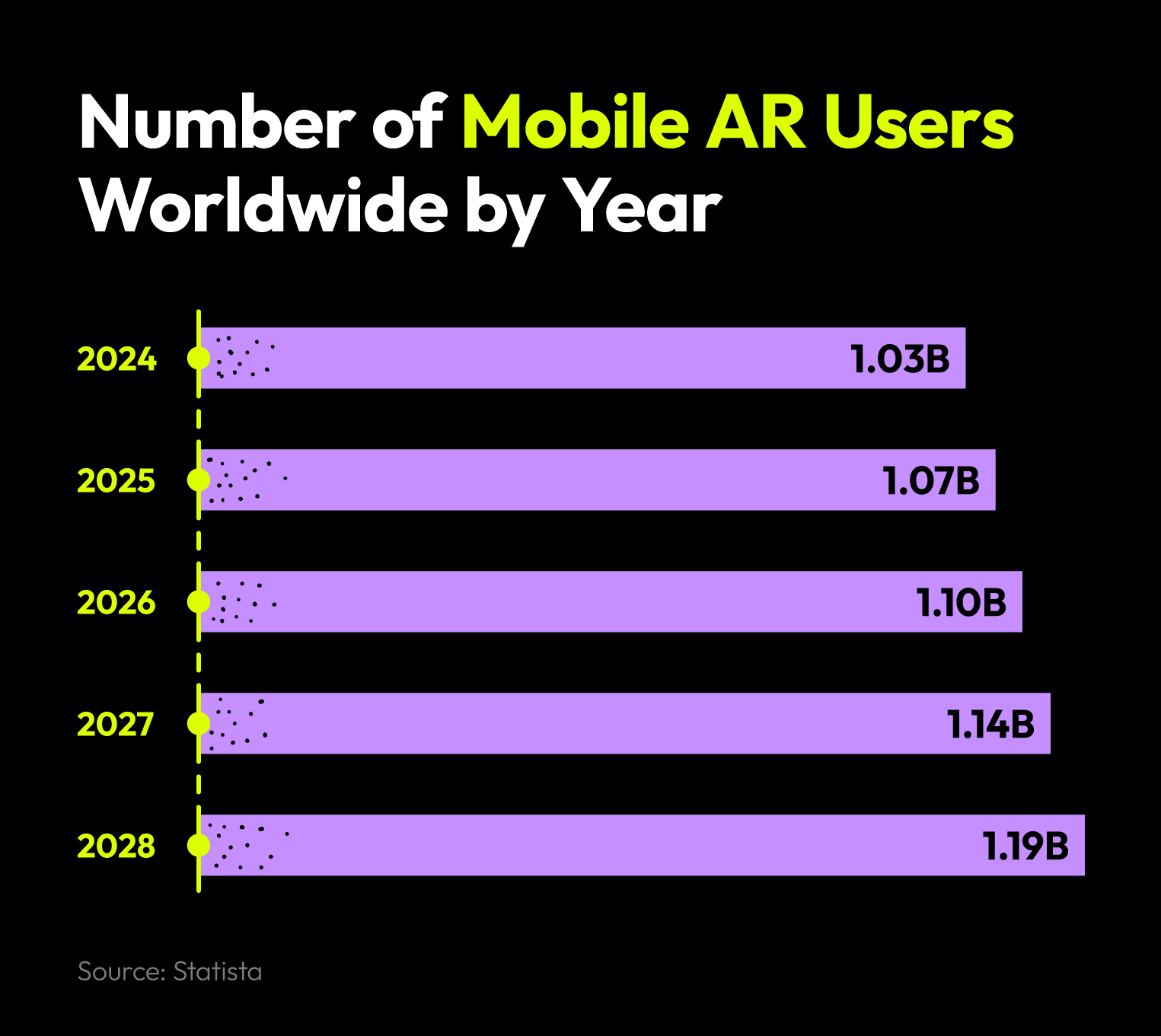Now Trending:
With the United States projected to generate $380 billion in software revenue by the end of 2025, the industry will clearly continue to grow, and understanding these trends is key to staying ahead.
Staying on top of software development trends is a must for making informed hiring and planning decisions. Since new technologies, regulations, and developer innovation are constantly reshaping software development, it’s more crucial than ever to understand the ever-changing trends.
Let’s dive into the key software development trends shaping the current industry and what they mean for your business.
Key Takeaways
- Generative AI is transforming every stage of the development life cycle, accelerating workflows, and creating demand for AI-focused roles.
- Progressive Web Apps are gaining traction as a cost-effective, cross-platform solution that blends the reach of the web with the usability of native apps.
- Cybersecurity is becoming more complex as emerging technologies introduce new vulnerabilities, driving demand for skilled security professionals.
1. Generative AI Finds Its Footing
Generative AI is one of the latest trends in software development, and AI-assisted coding is reshaping how developers work through every stage of the product lifecycle.
According to GitHubs’s 2024 developer survey, 97% of software engineers have used AI tools either at work or on their own time, and roughly 30-40% report their employers actively encourage the adoption of AI coding tools.
Developers are using AI for far more than simple code suggestions. They’re now using it to generate full functions, build test cases, debug code, and optimize code for improved performance.
According to IBM, AI is also helping with documentation, project management, and CI/CD optimization. This means faster, more accurate releases, which helps companies save time and resources.
While some worry that AI could shrink the job market for developers, it’s more likely to shift the nature of the work. For junior roles in particular, AI is taking over repetitive tasks, allowing developers to focus on more complex tasks.
As adoption grows, companies will be looking to hire AI engineers to stay competitive, making this an area of growth for new grads and early-career devs.

2. Progressive Web Apps Rise
Progressive Web Apps (PWAs) are web-based applications that behave like native mobile apps. They’re built from a single codebase, making them accessible across devices and operating systems without the need for app store downloads.
This trending software combines the reach of the web with the usability of an app, making it popular for businesses and developers. Major brands have already seen strong returns from investing in PWAs.
As Adobe explains, Uber rebuilt its web app into a PWA to better serve low-end devices and slower networks, helping expand its global reach.
PWAs are gaining traction because they offer serious advantages to users as well as developers, but they don’t come without some downsides:
Pros
Cons
Faster and cheaper to build
Limited OS feature access, especially for older iOS models
Easier to maintain
Security depends on web protocols
Requires less storage space
Drains phone battery faster
No user updates required
Limited customization
Uses less mobile data
As PWAs grow in popularity, more companies will be looking to hire mobile developers to help scale their operations. Before starting your search, know what you need from your developers to make your hiring more effective.
3. Demand Increase for IoT Software
The Internet of Things (IoT) refers to a network of connected devices that collect and share data without human input. Think smartwatches, smart home devices, and even self-driving cars.
This software industry trend is expanding rapidly. According to Statista’s IoT revenue data, the global IoT market will likely be worth over $445.3 billion in 2025.
The number of active connected devices is also climbing, with IoT Analytics reporting that it could grow to about 40 billion by 2030.
While IoT tech is growing, so are the security risks associated with it. As Cloudflare highlights, many IoT devices lack proper safeguards, making them vulnerable to cyberattacks.
Manufacturers and consumers often focus on functionality over security, which can expose critical data.
Whether you’re building software or focusing on software QA, having the right experts on your team is crucial. Companies need to step up their cybersecurity offerings to mitigate these growing threats.

4. Cybersecurity Faces New Challenges
As new technologies like IoT, AR, blockchain, and AI gain momentum, cybersecurity threats are growing more complex. Devices that collect sensitive data, from smartwatches to VR headsets, can be easy targets without strong encryption.
AI poses a unique challenge. It can help identify security gaps but can also help launch more sophisticated attacks.
According to McKinsey, AI is both one of the biggest cybersecurity threats and one of the best ways to combat it.
The World Economic Forum reports that global cybersecurity systems are lagging behind tech adoption, especially for smaller organizations. That gap creates a growing demand for skilled cybersecurity professionals.
Businesses looking to stay protected need to invest in experts who can secure modern systems in an ever-evolving cybersecurity ecosystem.

5. Augmented Reality Comes to Life
Augmented reality (AR) is no longer a thing of the future—it’s showing up in everyday tools and consumer products. As AR becomes more affordable, it’s easier for small businesses to adopt.
From e-commerce to health apps and video games, AR is helping companies boost engagement:
- The AR market is projected to grow from $3.5 billion in 2017 to over $198 billion in 2025.
- Mobile AR alone is expected to grow to over $21 billion by 2028, compared to its $11.9 billion value in 2024.
Businesses that want to explore AR will need developers who specialize in these particular areas. Whether you’re building interactive retail experiences or immersive training tools, hiring talent with AR development skills can bring these experiences to life more efficiently.

6. Developers Discover New Blockchain Uses
Developers are exploring how blockchain technology can enhance security, transparency, and data integrity in all kinds of software, especially with the rise of remote work and cloud-based tools.
Blockchain technology has a tamperproof structure, and data is stored across a network instead of a centralized source. It is nearly impossible to hack or alter, making it one of the most secure technologies available today.
The level of protection it affords is especially valuable in sectors like health care, where secure, collaborative, and transparent data sharing is critical among different vendors.
As more businesses adopt the latest software technologies, blockchain is becoming a key part of the innovation stack. Companies can find blockchain developers with experience with decentralized systems as they adopt this new tech.
7. No- and Low-Code Solutions Surge
No-code and low-code tools are becoming essential in today’s software development landscape.
These platforms let users build apps, websites, emails, and workflows with minimal or no programming skills. They often look like drag-and-drop interfaces or customizable templates.
These tools are popular for their low barrier to entry and because they speed up tasks that used to require entire teams of developers. Many SaaS companies are investing in the development of no-code tools and features to retain customers, especially as AI simplifies a lot of these tasks.
Low-code tools still require some technical knowledge, but they allow developers to move faster, automate repetitive tasks, and focus on more complex aspects of their work, like scaling code without losing quality.
8. Microservices Architecture Expands
Microservices architecture is becoming the go-to model for modern software development.
Unlike monolithic architecture, where developers build everything into one large codebase, microservices break applications into smaller, self-contained modules. Each module handles a specific function and operates independently.
This structure makes software easier to build, maintain, and scale. If something breaks, only the affected module needs fixing—not the entire app.
Microservices can also be reused across projects, saving both time and resources. If you know how much it costs to build an app, then you know how important saving resources can be, especially for startups.
9. Security First Development With DevSecOps
As software becomes more complex and interconnected, DevSecOps, short for development, security, and operations, offers a streamlined approach that blends these functions from the start.
In 2024, interest in DevSecOps platforms grew by 6% year-over-year, signaling a steady interest in this tech.
Instead of leaving security for the end, this method builds it into every stage of the development process. By integrating security from the start, DevSecOps helps teams catch vulnerabilities early, speed up releases, and make security a shared responsibility.
It’s a natural evolution from DevOps, but with a stronger emphasis on risk prevention. With the growing threat of cyberattacks, this shift is more important than ever.
As businesses adapt to developer trends, like faster development cycles and increasing cybersecurity concerns, adopting DevSecOps practices ensures software stays agile and secure.
Hire Smarter With Lemon.io
Staying ahead of software development trends means knowing which technologies are shaping the future and what that means for your business. As AI, IoT, and AR rapidly advance, areas like cybersecurity are struggling to keep pace, driving a growing need for professionals to continually update their skillset.
As software trends become more advanced, so do the skills developers need to keep up. Grow your team with skilled talent and hire full-stack developers who will get your project to market faster, safer, and ready to scale.









